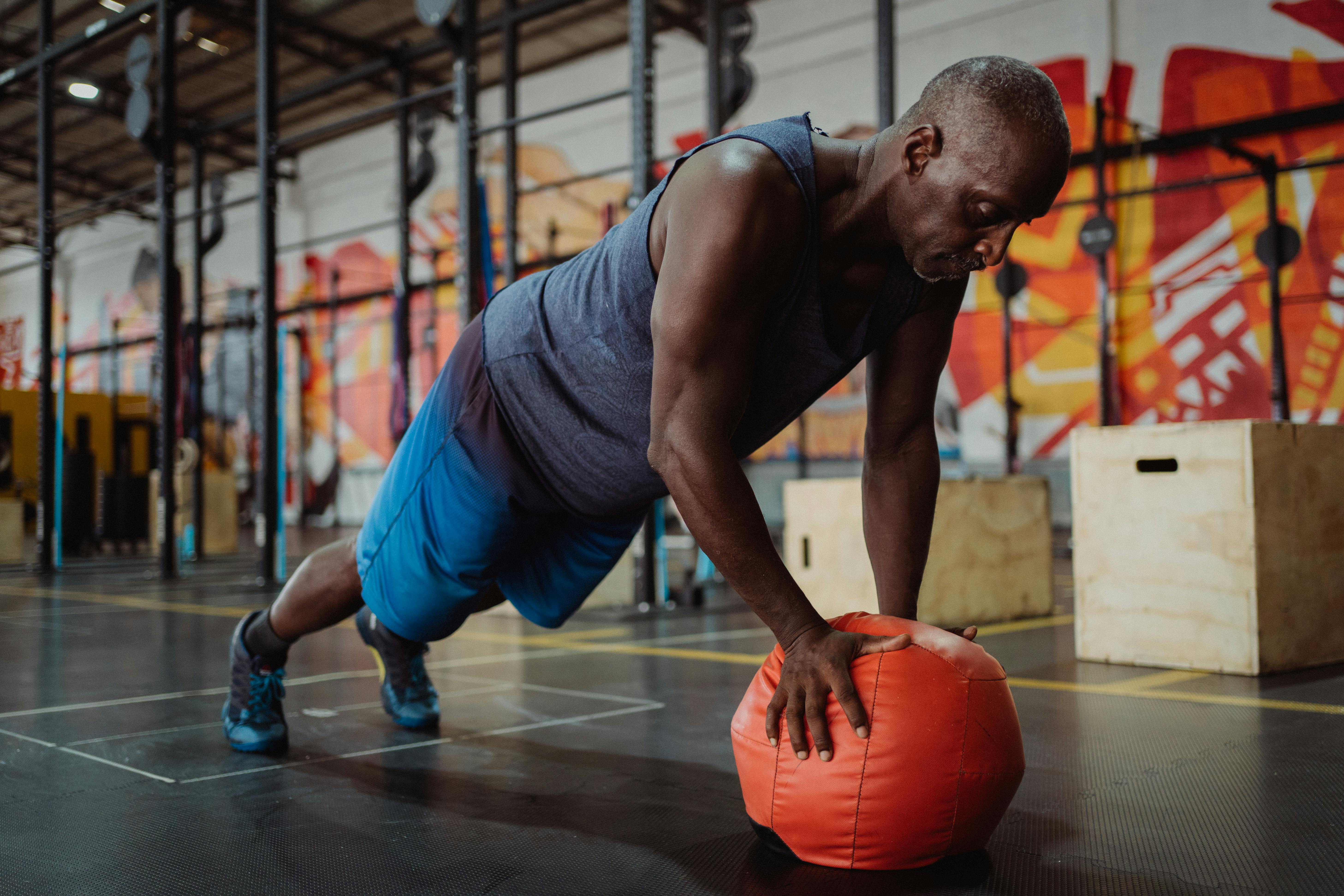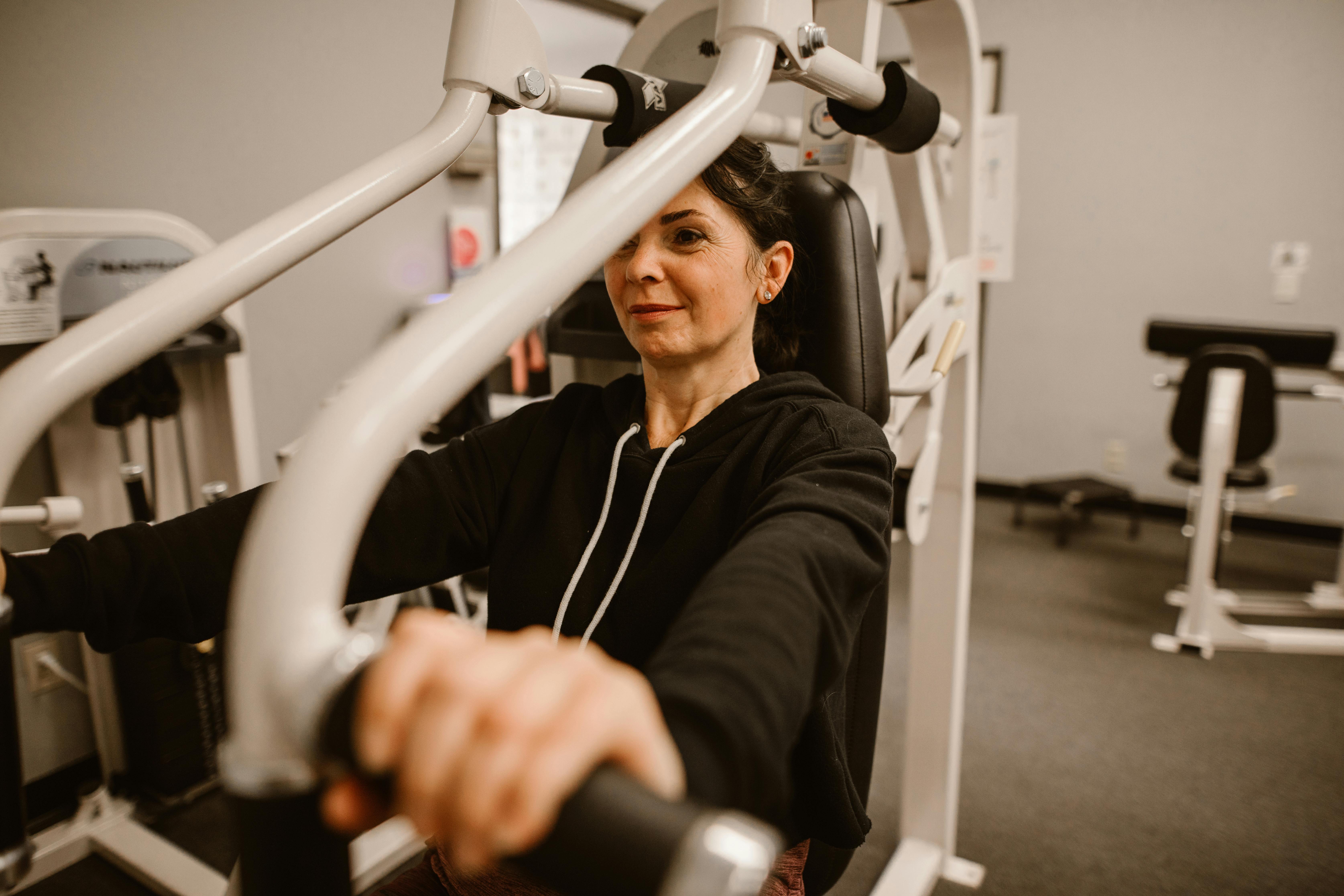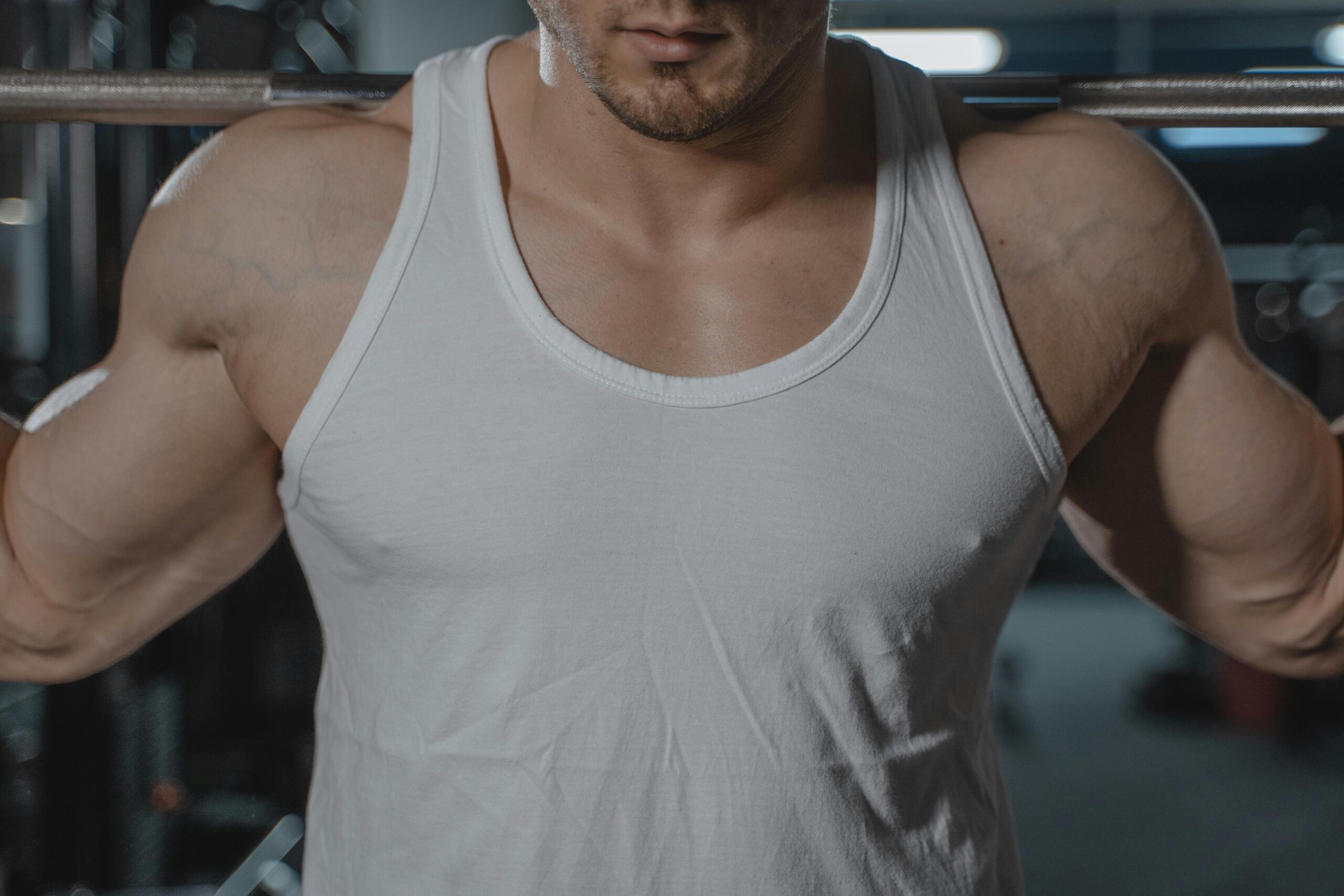Top 5 Effective Ways to Develop Your Upper Chest in 2025
Understanding the Upper Chest: Importance and Anatomy
The upper chest, or the Pectoralis Major, is a crucial muscle group that plays a significant role in both aesthetics and functional strength. For individuals aiming to enhance their physique and athletic performance, focusing on upper chest development is essential. In 2025, the emphasis on targeted upper chest training can provide improved shape, strength, and definition, making it a key area for bodybuilders and fitness enthusiasts alike.
The upper chest exercises engage the clavicular head of the pectoral muscles. Developing this area not only improves overall chest appearance but can also enhance performance in overhead movements and pushing exercises, contributing to a well-rounded upper body strength. Each exercise discussed here will include details on technique, intensity, and optimal equipment usage to maximize muscle hypertrophy.
In this article, we’ll explore the five most effective approaches to enhancing your upper chest muscles, which incorporate various fitness techniques and methodologies. Whether you’re a beginner or an advanced athlete, these strategies can be integrated into your training plan for optimal results.
Choose Effective Upper Chest Exercises
To effectively target the upper chest, selecting the right exercises is paramount. Here are some top choices:
Incline Bench Press: A Classic Approach
The Schrägbankdrücken (incline bench press) is a staple in upper chest training. This exercise specifically targets the upper region of the pectoral muscles, contributing to a fuller and more developed chest. Start with a bench set at a 30-45 degree angle. A barbell or dumbbells can be used, depending on your comfort and equipment availability.
Common mistakes include failing to keep the elbows at a 45-degree angle relative to the torso, which can lead to unnecessary strain. To enhance effectiveness, aim for 3-4 sets of 8-12 repetitions, incorporating progressive overload for lasting results.
Dumbbell Flyes: Isolation for Upper Chest
Dumbbell flyes performed on an incline bench are another effective way to isolate the upper chest. Focus on a slow and controlled motion, keeping the arms slightly bent to avoid injury. This exercise not only builds size but also improves flexibility in the chest area.
Performing 3 sets of 10-15 repetitions, making sure to squeeze the chest at the top of the movement, will aid muscle growth and definition. Always remember to maintain proper form to prevent injuries.
Push-Ups: Versatile Upper Chest Builder
The Liegestütze (push-up) can be modified to emphasize the upper chest effectively. By placing your feet on an elevated surface, you can shift more load onto your upper chest. This not only provides substantial bodyweight resistance but also offers flexibility in training routines. Aim for 4 sets of as many reps as possible, focusing on controlled movements.
Utilize Cable Machines for Targeted Training
Cable machines are invaluable when it comes to isolating specific muscle groups. They allow for varied angles and a constant tension on the muscles, which is critical for muscle growth.
Cable Crossover: A Focus on the Upper Chest
The cable crossover is an excellent exercise for targeting the upper chest. By adjusting the pulleys to the lowest position and performing the movement upwards, the emphasis shifts towards the upper pectoral region. This exercise brings peak contraction of the upper muscles and promotes muscle definition.
For optimal results, use a weight that allows for 3-4 sets of 12-15 reps with a focus on form and mind-muscle connection.
Single-Arm Cable Press: Balanced Development
The single-arm cable press allows for unilateral training, addressing potential imbalances in upper body strength. Maintain a stable core as you perform the press, ensuring the focus remains on the upper chest. This can also help prevent injuries by strengthening stabilizer muscles.
Completing 3-4 sets of 8-10 repetitions on each side can be very beneficial for overall upper body strength.
Incorporating Plyometric Exercises
Plyometric training can add intensity to upper chest workouts, aiding in both muscle development and explosive strength. Exercises like clap push-ups or elevated push-ups can significantly enhance upper chest engagement and athletic performance.
For implementing plyometrics, aim for 3 sets of 6-10 explosive reps, focusing on power while maintaining safety and control throughout the movement.
Design a Comprehensive Upper Chest Workout Plan
Developing a structured upper chest workout plan can create consistent gains in muscle mass and strength. Here’s how to build an effective training routine.
Weekly Structure: Balancing Push and Pull
To achieve optimal muscle development, it’s essential to balance push and pull exercises throughout the week. Incorporate upper chest exercises into your push day, but also consider pairing them with exercises that work on the back to ensure a balanced physique. Consider a split routine that emphasizes chest training once or twice weekly.
Variations and Progression: Avoiding Plateaus
Incorporating different avenues of resistance such as free weights, machines, and bodyweight variations can prevent plateaus. Switch between barbell and dumbbell presses, modify the angle of your benches, and adapt rep schemes frequently.
Incorporating progressive overload is vital for muscle hypertrophy; gradually increase weight or intensity over time to effectively challenge your upper chest muscles.
Recovery and Nutrition: Essential Components
Recovery is as critical as the workouts themselves. Ensure proper adherence to nutrition, focusing on protein-rich intakes to support muscle recovery. Adequate sleep and hydration play crucial roles; aim for at least 7–9 hours of sleep per night and stay hydrated throughout the day to maximize performance.
Enhancing Muscle Definition through Targeted Nutrition
A well-planned diet can significantly enhance muscle definition and performance in upper chest training. Here’s how nutrition impacts your progress.
Protein-Rich Diet for Muscle Growth
Aiming for a high-protein diet will promote muscle repair and growth. Incorporate sources like lean meats, fish, dairy, and legumes into your meals. Generally, targeting 1.6 to 2.2 grams of protein per kilogram of body weight can be effective for muscle building.
Timing is Everything
Particularly important is the timing of nutrient intake around workouts. Consuming protein-rich foods or shakes both before and after workouts can optimize muscle synthesis and aid recovery. Within the window of 30 minutes post-workout, a meal with protein and carbohydrates is beneficial for muscle recovery and energy replenishment.
Incorporating Healthy Fats and Carbohydrates
Do not neglect healthy fats and carbohydrates, as they are essential for overall health and athletic performance. Avocados, nuts, rice, and whole grains contribute to sustained energy levels, ensuring you can effectively perform your workouts.
Conclusion: Building a Strong Upper Chest for Improved Performance
Building a strong, well-defined upper chest requires dedication to both training methods and nutritional strategies. By engaging in compound movements like incline bench presses and incorporating accessory movements such as cable crossovers and push-ups, you can achieve significant gains in muscle mass.
Remember to focus on progressive overload, balanced recovery, and proper nutrition to support your fitness journey. Building strength in the upper chest not only enhances physique but also contributes to improved overall athletic performance, allowing you to engage effectively in various activities and sports. For further reading on effective training methodologies and nutrition tips, check out additional resources on fitness strategies and recovery insights.


